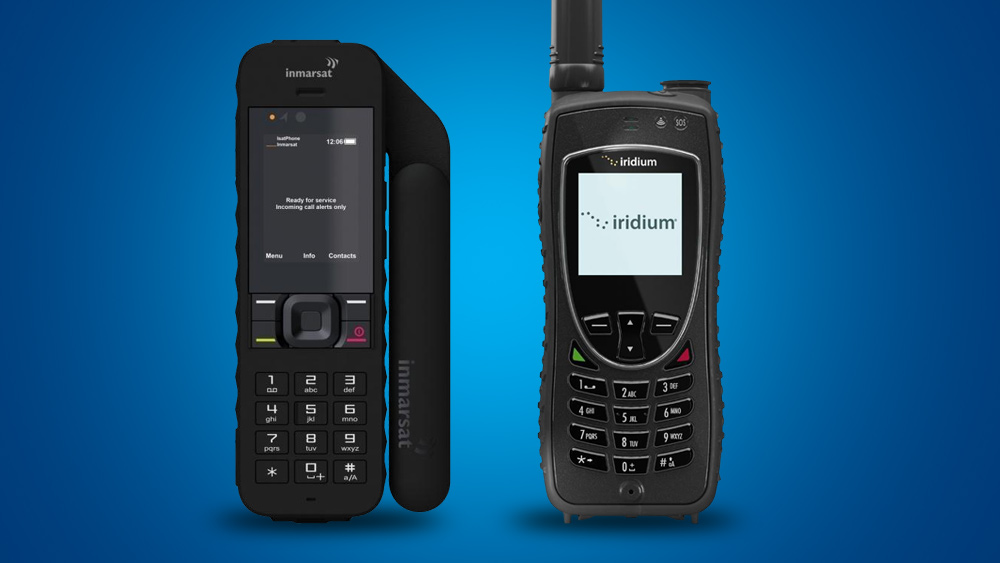
If you see someone talking to themselves, they might not be crazy: They might just be a secret agent. The Pentagon has just invested a staggering $10 million in a California company's "Molar Mic" technology. The Molar Mic allows users to send and receive radio transmissions discretely with a device that attaches to the molar tooth. The nearly-invisible device eliminates the need for external microphones, headsets and earpieces.
Once this technology hits the streets, you'll really never know who's watching. The investment from the U.S. Department of Defense (DOD) will fund field testing and the deployment of the Molar Mic, which is being heralded as the next Bluetooth.
Sonitus Technologies, the wireless communications tech company behind the Molar Mic, received funding early on from In-Q-Tel, the non-profit investment arm of the CIA. But now, the device is ready for more in-depth testing.
Peter Hadrovic, CEO of Sonitus, won't say if CIA operatives are already using the device, but did say that Molar Mic has been to Afghanistan and has been used in stateside rescue operations.
How the Molar Mic works
For transmitting audio, the Molar Mic features a mouthpiece that's equipped with a waterproof microphone, which is tailored to fit the wearer's teeth.
After it's put in place, all the wearer has to do is speak normally and the device will send the audio to a radio transmitter, worn on a loop around their neck. The neck transmitter then sends the audio to a second radio unit worn on another body part. The second transmitter will then send the audio to the recipient.
For receiving transmissions, things work a little differently. As Futurism explains:
The mouthpiece translates the incoming audio into vibrations on the teeth. These vibrations travel through the bones in the jaw and skull to the inner ear, which automatically translates them back into sounds. The result is audio that sounds like its coming from within the person’s own head.
According to Hadrovic, users should be able to understand transmissions from the get-go, but that reception will get better as the user adjusts to the device. "Over the period of three weeks, your brain adapts and it enhances your ability to process the audio,” he explained.
In 2017, parajumpers from the 131st used Molar Mic during Hurricane Harvey rescue operations in Texas.
Hadrovic says the military was happy with the product's performance during their operations, which involved a lot of water, helicopters, and a lot of external noise.
“This guy is standing in neck-deep water, trying to hoist a civilian up into a helicopter above. He says, ‘There is no way I would be able to communicate with the crew chief and the pilot if I was not wearing your product,'" Hadrovic recalled.
The future of communication
There's no doubt that a similar device will eventually make its way to the civilian market, though it may take a few years. GPS, cellphones and other "common" tech we use today all started somewhere, after all.
“As we look to the future human-machine interface… the human creates a lot of information, some of it intentional, some of it unintentional. Speaking is one form of information creation," Hadrovic commented.
“Once you’ve made something digital, the information can be interspersed…We have a tremendous wealth of opportunities to communicate out of the person and back to the person, information that can be either collected from them and processed offline and given back in a nice feedback loop. What we’ve done is invested in the platform that will support these future elements," he contended.
The future of communication is exciting to some, while concerning for others. As our connectivty increases, privacy and freedom decreases. People today are already glued to their cellphones, and their cellphones track their every move and word. What will happen when these devices are attached to our teeth or mounted inside our heads? Privacy, and the freedom that comes with it, could soon be a thing of the past.
See more coverage of military technology at MilitaryTech.news.
Sources for this article include:
Please contact us for more information.





















